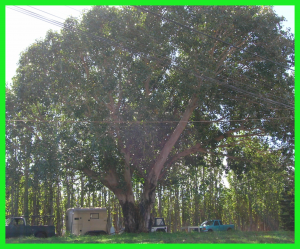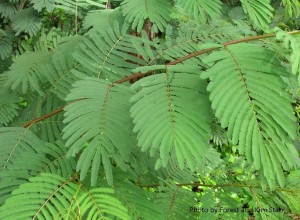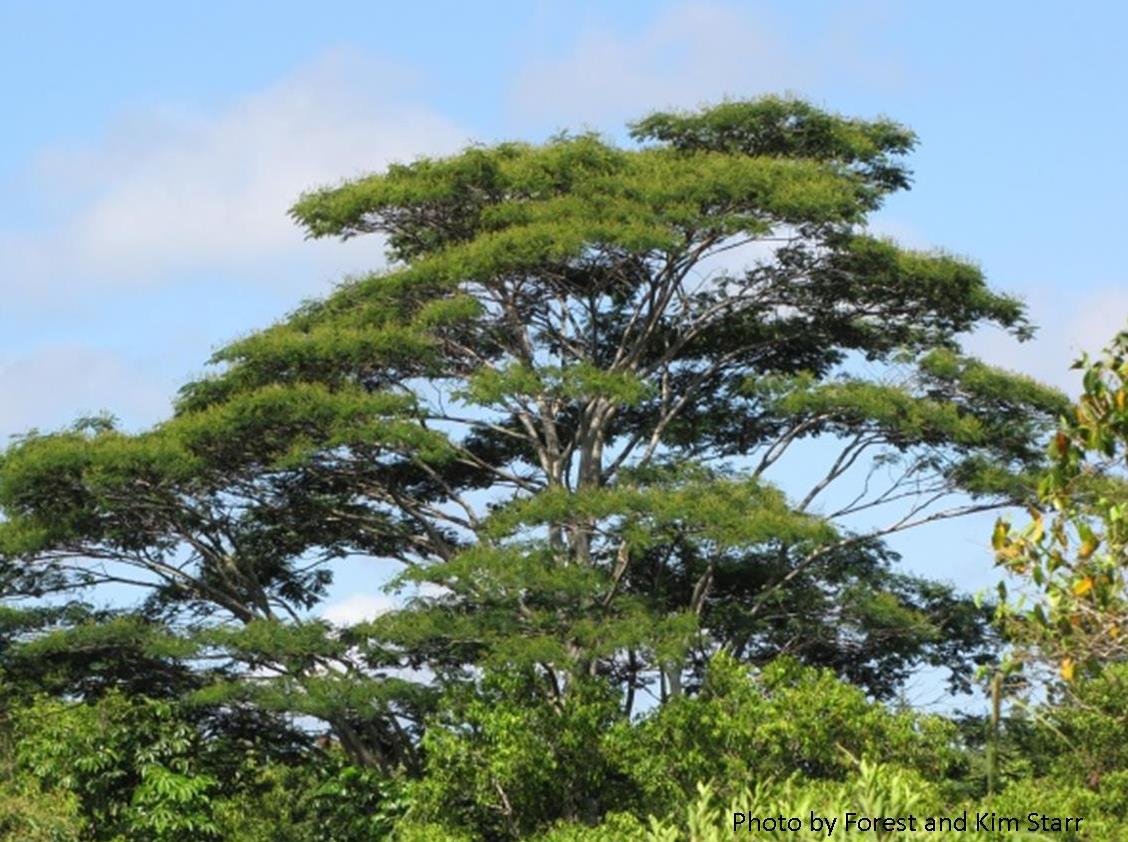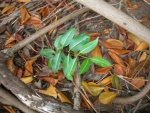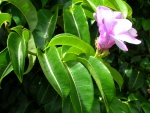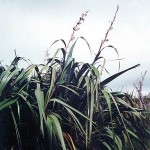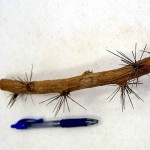(Ficus religiosa)
Family: Moraceae
Description: A fig tree native to India, Bangladesh, Nepal, Pakistan, Sri Lanka, southwest China and Indochina. A decidious or semi-deciduous tree that can grow up to 60 to 100 feet tall and 60 to 100 feet wide. The trunk of the tree can have a diameter of up to 9.8 feet. This tree has dark green heart shaped leaves with a long distinctive tip. Some people may confuse the leaf with the Milo tree. The leaves are about 4-6 inches long and about 3-4 inches broad with a 2-4 inch stem. The fruit is a small green fig 1-1.5 cm in diameter that turns purple when ripe.
Harm: Once thought to be able to spread only by cuttings, the Bo tree is now able to reproduce by seed, following the recent arrival of a pollinator wasp. Seedlings are beginning to emerge far from an established tree site. These trees establish dense stands that dramatically alter ecosystems. This tree displaces and shades out native species. It has a high longevity and produces billions of seeds during its lifetime. We have found seedlings in stonewalls, cement walkways, and storm drains.

